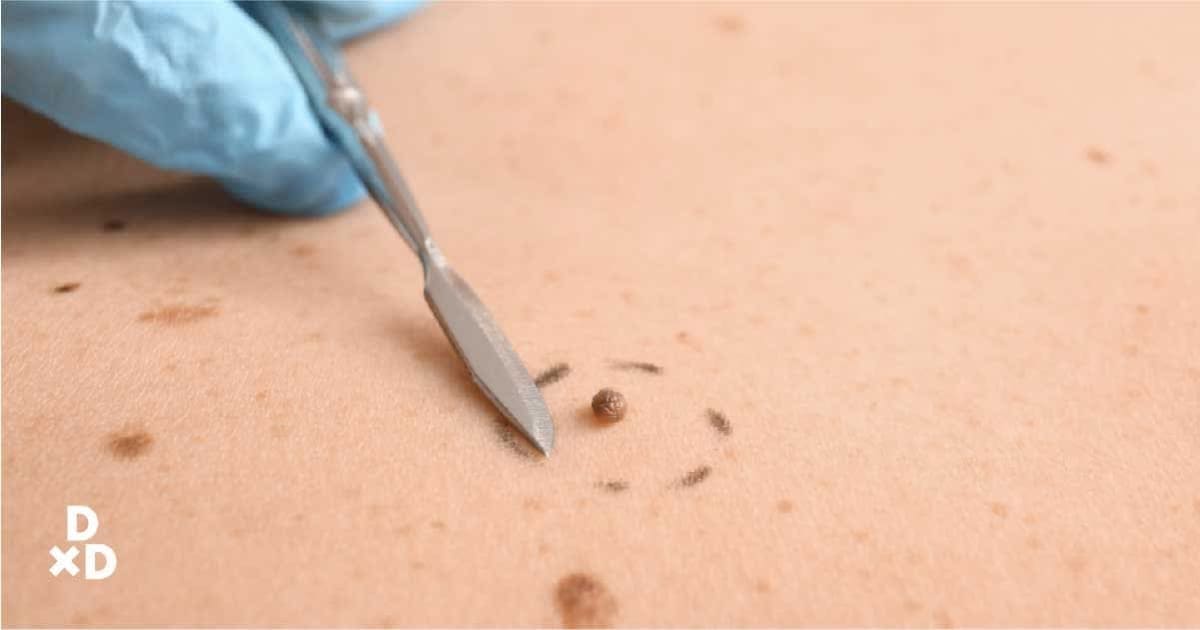
ACCIDENTALLY CUT A MOLE WHILE SHAVING SKIN
If you have an atypical mole, you should do monthly skin checks to watch for changes in size, shape or color and any bleeding or oozing. Three of the main characteristics of FAMMM syndrome are: People with this syndrome are at higher risk for developing melanoma.

There is a genetic condition called familial atypical multiple mole melanoma syndrome (FAMMM syndrome). If you have already had melanoma, or you have a parent, sibling, or child who has or had melanoma, this also increases your risk of getting melanoma.They have more than one color (can be a mixture of tan, brown, red or pink).Large size – they tend to be larger than a pencil eraser (more than 6mm in diameter).Atypical moles do not usually grow on the face.Ītypical moles have some common characteristics, including: They frequently appear on the chest, back, or sides, but they may also grow on the head, scalp and neck.

Atypical moles can appear anywhere on your body. However, having more than four atypical moles puts you at higher risk for developing melanoma. Atypical moles may look like melanoma, but they are not. Atypical molesĪn atypical mole, also called dysplastic nevus, is a type of mole that may develop into melanoma. There are four general types of moles other than the common mole – atypical moles, congenital moles, and spitz nevi. Some types of moles may put people at increased risk of developing melanoma. They tend to be flat or slightly raised above the skin. They are usually round and have smooth edges (The edge of a mole is called a border). Most are brown, but they can be tan, black, blue, pink, red, skin-toned, and even colorless. While acquired moles will not all look the same – not even on the same person – they do usually share certain characteristics, including: People can have moles anywhere on the body, including on the scalp, on the soles of the feet and palms of the hands, between the fingers and toes, and under the fingernails and toenails. Almost every adult will have at least one mole, and some people have quite a few of them. Most moles appear during childhood and adolescence.

They can range in size and color, and they can even change color over the years. (The plural for a nevus is nevi, so more than one mole may be referred to as nevi.) The most common moles are sometimes referred to as normal, acquired, or common moles. Moles, also called nevi, are pigmented growths on the skin.


 0 kommentar(er)
0 kommentar(er)
